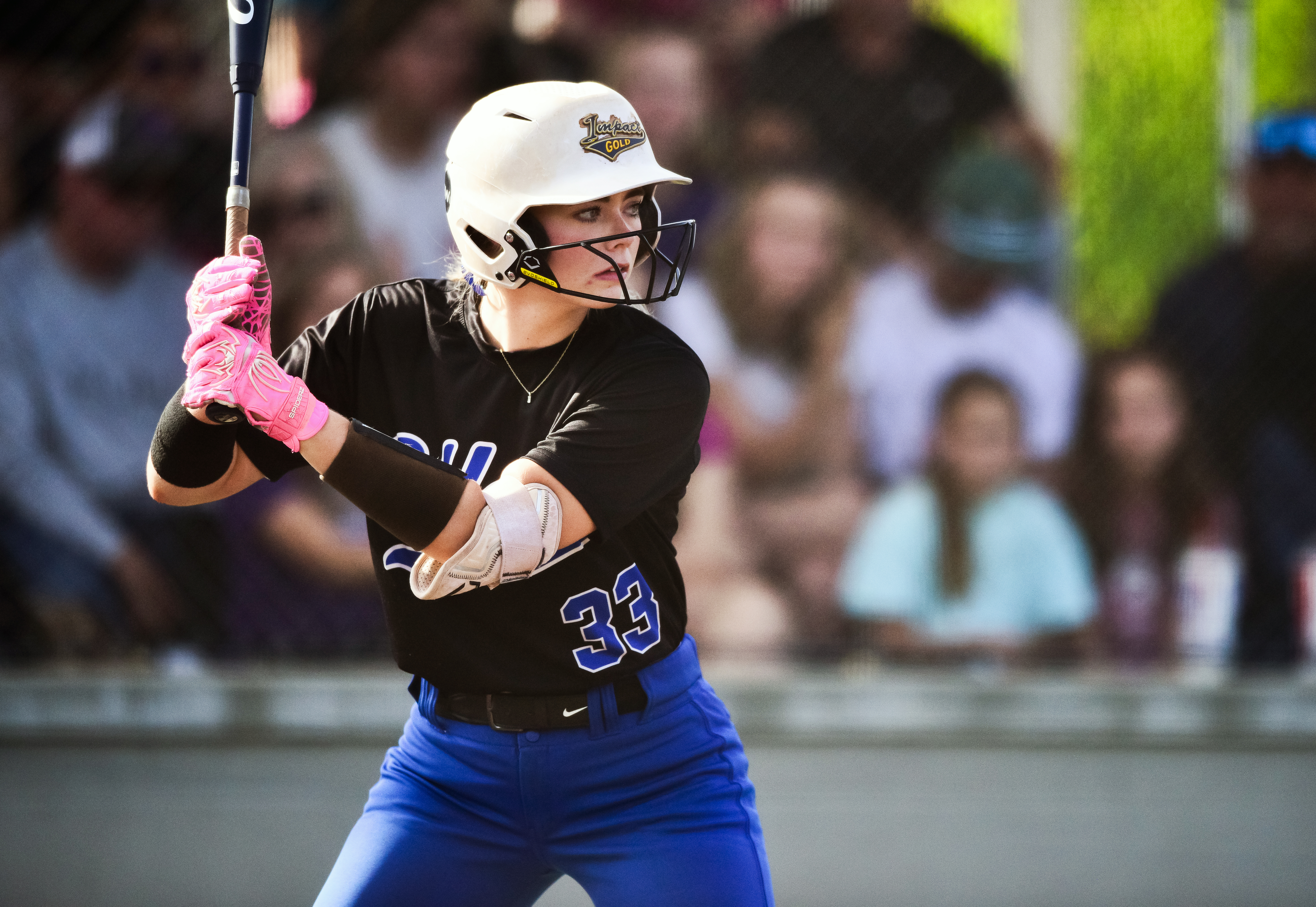Oklahoma City bombing memorial, museum ‘life changing’ for visitors
Published 9:06 pm Saturday, July 29, 2006
A small black cassette player sits on an otherwise empty table. Visitors take seats along the walls of the room and wait, apprehensive about what they will hear but needing to hear it.
An unseen mechanism starts the tape and a woman’s voice states the time — 9 a.m. — and the place — the Water Resources Board Building in downtown Oklahoma City. The voice drones the mundane details of the hearing in progress as those listening mentally count seconds — one thousand one, one thousand two…
When the count nears two minutes, collective hearts race and breathing stops.
On the tape, an explosion is heard. Photos of 168 people flash on a previously black screen behind the table as sounds of scuffling and some shouting are heard on the tape. The tape’s sudden silence raises goosebumps and draws tears.
Visitors to the Oklahoma City National Memorial and Museum were listening to the only known recording of the blast that killed 168 people here on April 19, 1995. The tape was made during a hearing in the Water Resources Board building, where two of the victims were killed. The building was one of 312 damaged; 14 so badly they had to be demolished.
The Journal Record building, where a law review magazine was published across Fifth Street from the Murrah Federal Building, is now a museum where exhibits recount the events of the day Timothy McVeigh, later executed for the crime, bombed the building.
Visitors, even those who watched much of the television coverage of the event, often experience the tragedy as if for the first time.
“If I had to think of a term that people use most often, it’s ‘life-changing,’” said Nancy Coggins, director of Marketing and Communications for the memorial and museum. “I hear daily from visitors from around the United States and even all over the world that it is a life-changing experience. That is the reason we feel it is so important to be here, so people can learn about the impact of violence and also about resilience and hope.”
Representatives from New York City have visited the museum, opened in 2000, to get input and ideas for a memorial for the victims of Sept. 11, 2001, terrorist attacks, Coggins said.
“There are lessons to be learned in any event,” she said. “We have been blessed with being able to provide the lessons learned after the Oklahoma City bombing to New York, and even to New Orleans after Hurricane Katrina. Memorialization needs to happen to help the healing process after 9/11. Hopefully, they can come to some consensus and move forward with those memorials.”
Exhibits inside the museum include items pulled from the rubble, tiny shoes, someone’s date book, a toy truck, a clock stopped at 9:02, torn window blinds, and the battered frame of a rose-shaped, stained-glass window from the Methodist Church on a nearby corner.
The museum also contains a room dedicated to the victims, 19 of whom were children staying the Murrah building’s day care center that day.
The walls of this oval room are lined with plexiglass boxes, each containing a photo of a victim and some personal items placed there by family members.
A tape plays “Taps” and “Amazing Grace” as visitors walk past each box.
A pacifier was left in the box beneath a photo of 19-month-old Danielle Nicole Bell.
Raggedy Ann and Andy figurines were set in front of a photo of Rona Linn Kuehner-Chafey, 35.
Ashley Megan Eckles, wearing a dress and white Easter hat in a photo that smiles down on a pair of pink-and-turquoise plastic dress up shoes, was 4 when she died.
In the box for Mickey B. Maroney, 50, a What Would Jesus Do stone causes many visitors to reflect on the question.
A plastic Miss Piggy figure reminds people of the life of Baylee Almon, the baby whose image was seen around the world as her limp body was carried from the building by a firefighter. She had turned 1 the day before her death.
Men, women and children sniffle, wipe their eyes, or cry outright, making use of the box of tissues in a silver holder on a nearby bench.
Outside the museum, Oklahoma City residents created a breath-taking memorial. On the footprint of the Murrah building, now covered in even, carpet-like grass, 168 bronze-and-glass chairs are etched with the names of those killed; the 19 chairs bearing the children’s names are smaller than the others.
At night, lights beneath the chairs give a warm glow.
In the place where Fifth Street once ran between the Murrah building and the Journal Record building, another monument was built. Two sculpted bronze walls, called The Gates of Time, flank a reflecting pool. Into one wall is etched the time 9:01. Into the other 9:03. The pool between the walls represents the lives changed in that one horrible moment: 9:02 a.m., April 19, 1995.
Names of survivors are etched into a portion of wall saved from the Murrah building and the Survivor Tree, a 90-year-old American Elm that somehow survived the blast, still grows in an area called the Rescuer’s Orchard, dedicated to those who worked to save lives.
“The outdoor memorial gives a physical representation of the lives that were lost and of the help that came from all around the world and of the hope that has arisen from this tragedy,” Coggins said. “The museum offers an incredible learning experience for people to understand more completely the impact of violence and also the hope and resilience the people of this city have in overcoming terrorism on our own soil.”





